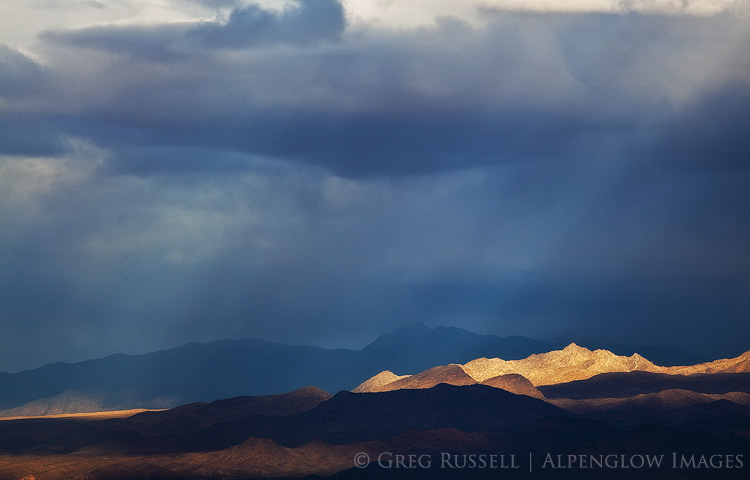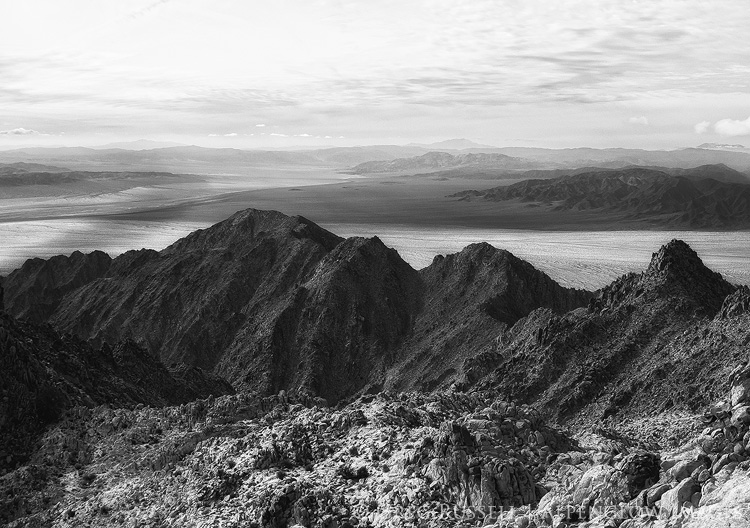“The meaning and purpose of dancing is the dance. Like music, also, it is fulfilled in each moment of the course. You do not play a sonata in order to reach the final chord, and if the meaning of things were simply in ends, composers would write nothing but finales…” — Alan Watts
I once heard a joke about two Jewish rabbis who were having dinner together. They were close friends and felt they could tell each other anything. One night they stayed awake very late discussing the existence of God and concluded finally that God did not exist. A few hours before dawn, they then went off to bed. In the morning, one of the rabbis got up, looked for his friend all over the house, and not finding him, searched outside. He found his friend in the garden, absorbed in his ritual morning prayers.
Surprised, he says, “What are you doing?!?”
“You can see what I’m doing, I’m saying my morning prayers.”
“That’s what surprises me! We almost talked until dawn, decided that God does not exist, and now here you are saying your morning prayers?”
The other rabbi smiled wryly and replied quite simply, “What does God have to do with it?”
The punchline of the joke may not be immediately obvious, but what the second rabbi did not realize, perhaps, is that fidelity to and reverence for ritual was more important than belief in God to the rabbi who went on with his morning prayers.
I can remember one April day early in my photographic career, I saw a large-format photographer standing out at noon on top of the cab of his pickup truck with his camera in Death Valley making images. From a distance I watched him for a while, and finally concluded that he was crazy because what sort of image could be made at noon? It was, after all, the only reasonable explanation for his behavior, because it was at least 7 hours until it would be worth pulling the camera out of the bag.
Fast forward more than a decade, and I can see that photographer was not out of his mind. There are many great articles out there on ways to make images all day long. However, what’s more–and what I see now–is that it’s not always about only making images of a nuclear sky, but rather fidelity to and reverence for the process of image making. Like any relationship, knowing the landscape requires time, effort, and–at least in Southwest–a few cactus pricks, scrapes, and bruises. Repeated visits, and often several failed attempts are necessary to make “that” image, and finally–hopefully–success. Success, as it were, ultimately may never come, but when your photography is motivated by the place itself, it paradoxically doesn’t seem to matter all that much.
It seems that the most highly praised photography is that which has the most jaw-dropping colors, or the most dramatic light. It won’t be long and you’ll have an app on your smartphone that can tell you whether the sunset will be worth photographing tonight. In other words, why waste your time going outdoors unless the sunset is going to be “V+F” worthy? Don’t get me wrong, I still get very excited for colorful sunsets and dramatic light, but let’s not forget the sheer joy of being outside, making images. If this is forgotten, it will be a step in the wrong direction for those attempting to make a case for photography as art.
I often wonder if I had approached that photographer in Death Valley years ago to ask him why he was wasting his time in midday light if he would have turned to me, smiled wryly, and asked simply, “What does the sunset have to do with it?”



Good thoughts, Greg, and great images to illustrate them. I’ve been largely on the same page lately. In particular, I’ve really lost interest in photographic nuclear sunsets/rises. My photography is driven by an interest in places, not sunsets, and I find that I don’t like it when the sunset steals the show. When this happens lately, unless it really complements the landscape, I’ve been tending to put my camera down and just enjoy it, and wait till it mellows out to start shooting again.
In a similar vein, I’ve also been making a conscious effort to do less research on locations, stay away from the Photographer’s Ephemeris and Google Earth, and just see what things are like when I get there. My favorite images from trips are very often ones I had never imagined in advance, so why prejudice my mind beforehand?
I’m totally with you Greg! I always put the experience above the photograph – the experience is what motivated me to start photographing in the first place, putting the photograph first is a little like the tail wagging the dog.
I also agree with Jackson’s point (even as a co-author of two location guides!) – a little ignorance goes a long way. Why be saddled with preconceptions that you try and impose on the landscape, when you can just be patient and react to what’s there.
Great post!
As with Jackson and Ron, I totally agree with you, Greg. I am not quite ready to give up on TPE or brilliant sunrises, but I don’t let them control my pursuit or passion for the images. As you know, the majority of my images are not the larger landscape, sometimes not a landscape at all, but the details that I enjoy finding upon more intimate exploration are the more common subjects.
When I set out in the morning, I am hoping to make an image that pleases me. It might be bright and colorful or it might be dull and moody. If there is a communication of the feeling I had at the moment and it is well-captured, then I am happy…nuclear colors or not.
P.S. It was nice to see another post from you. I always enjoy both your thoughts and your images.
Hi, Greg, I followed you back from a link posted today by Steve Gingold. I, too, share your reverence and passion for the process and the boundless possibilities around us, nearly at all times. Could that have been Master Adams back in Death Valley?
Gary, thanks for commenting, and for stopping by. It sounds very much like what you would have seen Ansel Adams doing, doesn’t it? Unfortunately it wasn’t him–I was only 5 years old in 1984 when he passed away. 🙂
Well said, “fidelity to and reverence for the process of image making.”
I think we all go out with some notion of where we’re going, what the weather will be like, what to expect, etc., but I appreciate your comments about what works for you.
Like you, Jackson and Ron, I’ve largely given up doing any sort of planning with TPE or Google Earth. The only reason I might use Google Earth is to see if an idea I have is conceivable after looking at a top map. Otherwise, counting on the weather or light to do one particular thing just ends up in disappointment, which (obviously) was not the point of the outing.
Thanks for your comments!
Indeed! Good post Greg. I think there is merit in just being out there and doing it, no matter what the right. So many references to waiting for the great light are hammered into our brains that we can be discouraged to want to photograph any other time.
This is a beautiful story and well written. It is of interest to imagine what it must have been like in the old days because many early landscape photographers never photographed a sunset ever.